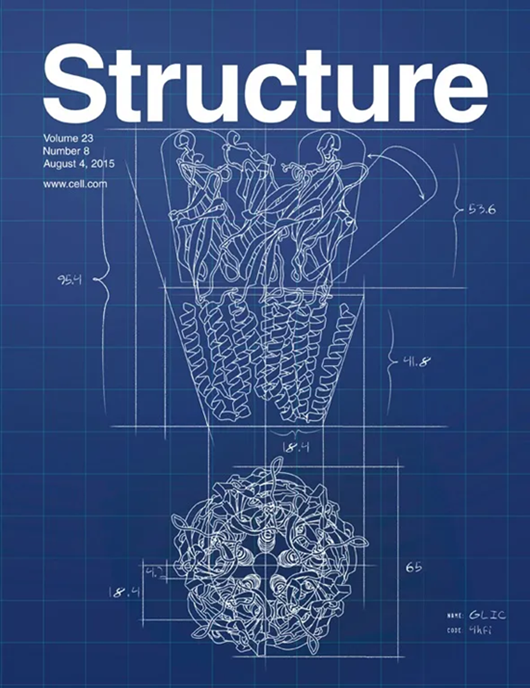Structural and functional interrelationships of histone H2A with its variants H2A.Z and H2A.W in Arabidopsis
IF 4.3
2区 生物学
Q2 BIOCHEMISTRY & MOLECULAR BIOLOGY
引用次数: 0
Abstract
Multiple histone H2A variants are known in eukaryotes. However, the functional relationship between H2A and its variants in plants remains largely obscure. Using CRISPR-Cas9 editing, we generated a mutant lacking four H2A isoforms in Arabidopsis and analyzed the functional and structural relationships between H2A, H2A.Z, and H2A.W. RNA sequencing and phenotype analyses revealed mild changes in gene transcription and plant development in mutants lacking H2A, H2A.Z, or H2A.W compared with the wild-type plants. Chromatin immunoprecipitation sequencing analysis showed that H2A can substitute for both H2A.Z and H2A.W across the genome, including in euchromatin and heterochromatin regions. However, H2A.Z replaced both H2A and H2A.W primarily within the euchromatin regions. By using DNA and histones from Arabidopsis, we constructed nucleosomes containing H2A, H2A.Z, or H2A.W and resolved their cryogenic electron microscopy (cryo-EM) structures at near-atomic resolution. Collectively, the results reveal the structural similarity and functional redundancy of H2A and its variants in Arabidopsis.

组蛋白H2A及其变体H2A的结构和功能相互关系。Z和H2A。W在拟南芥中
真核生物中已知多种组蛋白H2A变异。然而,植物中H2A及其变体之间的功能关系在很大程度上仍然不清楚。利用CRISPR-Cas9编辑技术,我们在拟南芥中生成了一个缺乏4种H2A亚型的突变体,并分析了H2A、H2A之间的功能和结构关系。Z和h2a。w。RNA测序和表型分析显示,缺乏H2A、H2A的突变体基因转录和植物发育发生轻微变化。Z,或者H2A。与野生型植物比较。染色质免疫沉淀测序分析表明,H2A可以替代这两种H2A。Z和H2A。W横跨整个基因组,包括在常染色质和异染色质区域。然而,H2A。Z取代了H2A和H2A。W主要在常染色质区域内。利用拟南芥DNA和组蛋白,构建了含有H2A、H2A的核小体。Z,或者H2A。W并以近原子分辨率解析了它们的低温电子显微镜(cryo-EM)结构。总的来说,这些结果揭示了拟南芥中H2A及其变体的结构相似性和功能冗余性。
本文章由计算机程序翻译,如有差异,请以英文原文为准。
求助全文
约1分钟内获得全文
求助全文
来源期刊

Structure
生物-生化与分子生物学
CiteScore
8.90
自引率
1.80%
发文量
155
审稿时长
3-8 weeks
期刊介绍:
Structure aims to publish papers of exceptional interest in the field of structural biology. The journal strives to be essential reading for structural biologists, as well as biologists and biochemists that are interested in macromolecular structure and function. Structure strongly encourages the submission of manuscripts that present structural and molecular insights into biological function and mechanism. Other reports that address fundamental questions in structural biology, such as structure-based examinations of protein evolution, folding, and/or design, will also be considered. We will consider the application of any method, experimental or computational, at high or low resolution, to conduct structural investigations, as long as the method is appropriate for the biological, functional, and mechanistic question(s) being addressed. Likewise, reports describing single-molecule analysis of biological mechanisms are welcome.
In general, the editors encourage submission of experimental structural studies that are enriched by an analysis of structure-activity relationships and will not consider studies that solely report structural information unless the structure or analysis is of exceptional and broad interest. Studies reporting only homology models, de novo models, or molecular dynamics simulations are also discouraged unless the models are informed by or validated by novel experimental data; rationalization of a large body of existing experimental evidence and making testable predictions based on a model or simulation is often not considered sufficient.
 求助内容:
求助内容: 应助结果提醒方式:
应助结果提醒方式:


